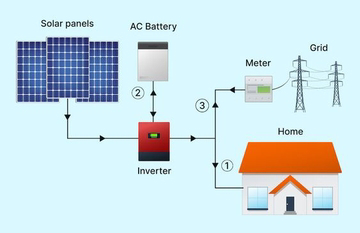Key Functions of Voltage Transformers:
1. Voltage Scaling: VTs convert high voltage to a lower, proportional voltage that can be measured safely and accurately. For instance, if the primary voltage is 11 kV, the VT might step it down to 110 V for measurement.
2. Isolation: It electrically isolates the measurement or control devices from the high-voltage circuit, providing protection against electrical shock and equipment damage.
3. Accuracy: VTs are designed to provide precise and stable voltage transformation, making them essential for accurate voltage measurement and monitoring in power systems.
Construction:
Voltage transformers typically consist of:
• Primary winding: Connected to the high-voltage circuit.
• Secondary winding: Provides the scaled-down voltage for measurement or relay protection.
• Core: Usually made of laminated silicon steel to minimize energy losses due to eddy currents.
Applications:
• Metering: Used in power distribution systems for accurate voltage measurement.
• Protection: VTs are also used in relay circuits to detect faults or abnormal voltage conditions.
•System Monitoring: Helps in real-time monitoring of the electrical network's voltage levels.
In summary, a voltage transformer is an essential component for safely managing high voltage systems, allowing for measurement, protection, and control at a manageable level.











